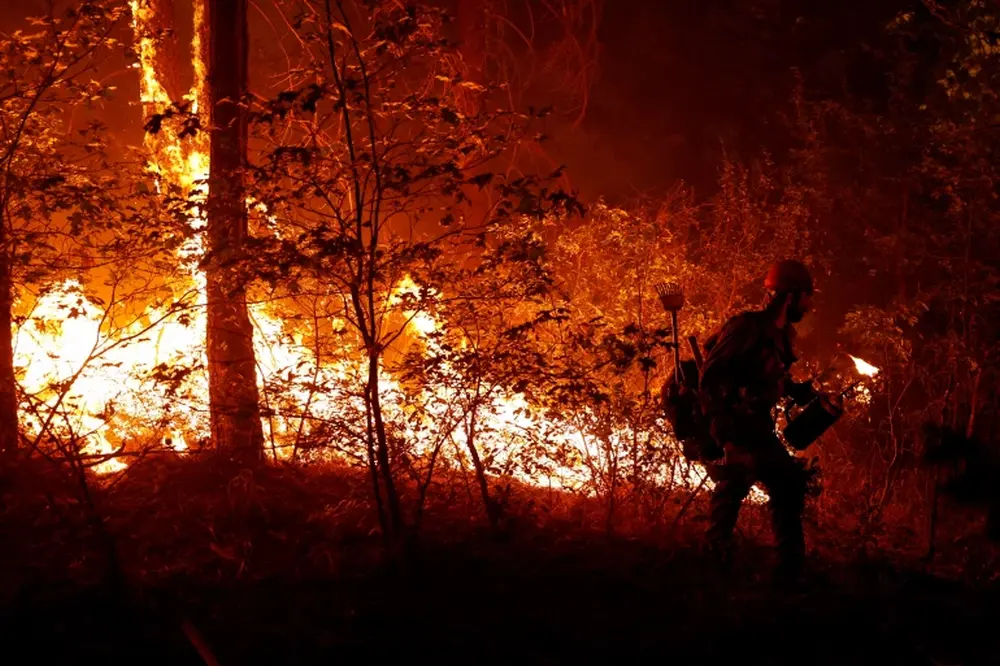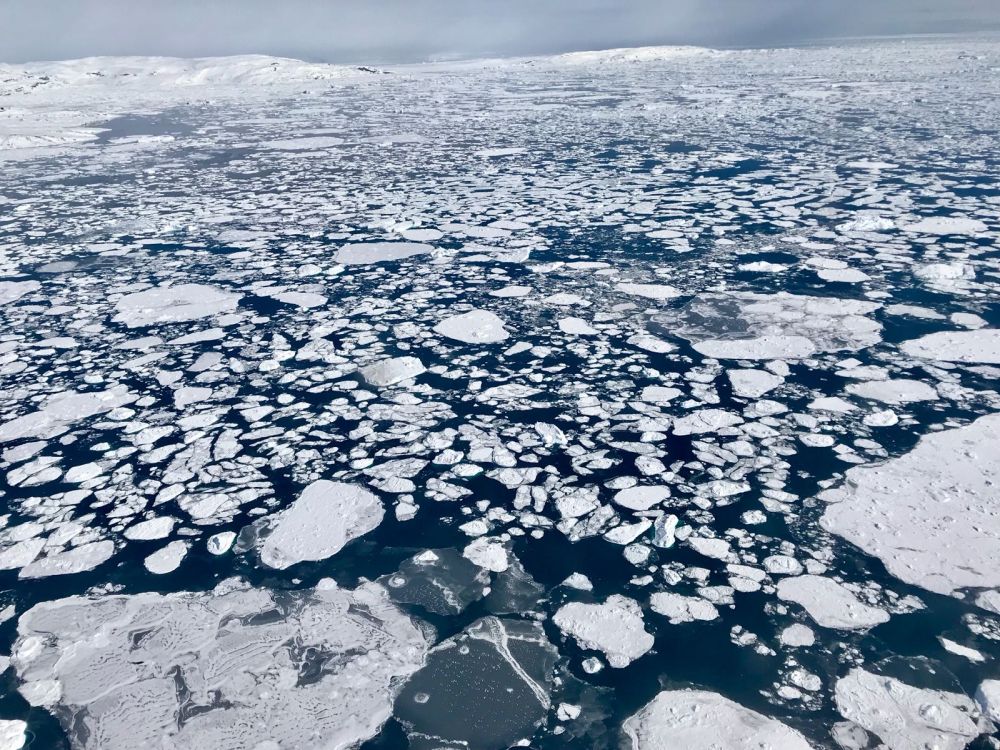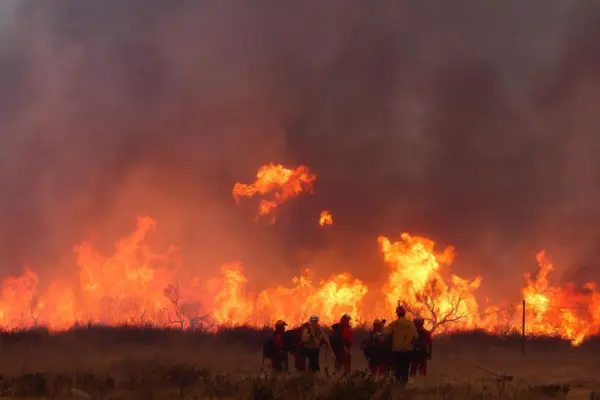Scientists Find Strange Link Between Western Wildfires and Arctic Sea Ice
Arctic sea ice is responsible for the increased events of wildfires in California - undeniable fact with scientific backing that demands immediate attention
Can one major incidence influence some other phenomena? Apparently, yes, and the range of the effect might shock you. According to a new study by researchers at the U.S. Department of Energy’s Pacific Northwest National Laboratory (PNNL) in Richland, Washington, there is a link between warming Western America and wildfires in California and the Arctic Sea ice levels over 3,000 miles away.
The study described a recognized but unsolved mystery of the connection between climate patterns in the Arctic and the western United States. Specifically, scientists have found a link between Arctic sea ice loss and California wildfires 2021.
PNNL Earth scientist and study co-author Hailong Wang, explained;
Climate conditions in one part of the world can, over time, influence climate outcomes from thousands of kilometers away. In our case, we find the Arctic region and the western United States are connected by this relationship. Regional land and sea surface warming caused by sea ice loss distantly triggers hotter and drier conditions in the West later in the year.
Wang referred to the butterfly effect of the prominent chaos theory that mentions that minor changes in the initial stage or condition can result in a volatile and altered outcome in the future state of that very system. The theory efficiently explains the relation between Arctic ice loss and Californian wildfires.

Image: Fred Greaves/Reuters
According to Wang and his colleagues, the atmospheric vortex moves warm air south from the Arctic, which is produced because of a difference in air pressure. The vortex spins counterclockwise over the Arctic, thus pushing the polar jet stream out of its typical pattern. It diverts moist air away from the western United States creating a second vortex spinning in the opposite direction over western states.
Wildfire events in California could be more deadly if the Arctic continues warming and melting. The sea ice cover is declining at a rate of 13 percent per decade. If the ice melting does not stop soon, then the oldest sea ice will melt, creating iceless periods in Arctic waters by the 2050s.

Image: NASA
Global warming has become one of the major nemesis causing glacier and ice melting. As per the National Oceanic and Atmospheric Administration (NOAA) Arctic Report Card the rising temperature is destabilizing the Arctic Circle.
NOAA Administrator Rick Spinrad said;
The Arctic Report Card continues to show how the impacts of human-caused climate change are propelling the Arctic region into a dramatically different state than it was in just a few decades ago.
The scientists have understood the astonishing mechanisms that connect Arctic ice to western wildfires. In order to stop these destructive events associated with the impending climate crisis, we should start acting upon the problem, as soon as possible!
Via: Treehugger


